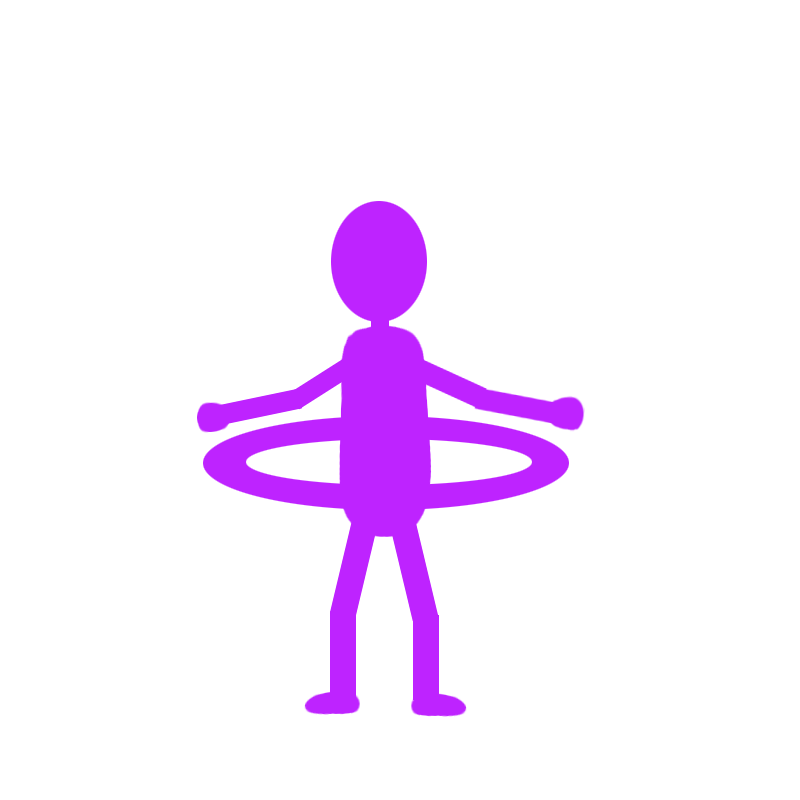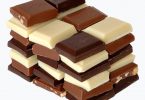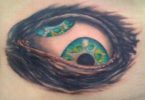Hooping generally refers to artistic movement and dancing with a hoop (or hoops) used as a prop or dance partner. Hoops can be made of metal, wood or plastic. Hooping combines technical moves and tricks with freestyle or technical dancing, and is typically accompanied by music. In contrast to the classic toy hula hoop, modern hoopers a) use heavier and larger diameter hoops, and b) frequently rotate the hoop around parts of the body other than the waist, including the hips, chest, neck, shoulders, thighs, knees, arms, hands, thumbs, feet and toes. All spaces both within and outside of the hoop can be freely explored. Modern hooping has taken cues from diverse art forms such as rhythmic gymnastics, hip-hop, freestyle dance, fire dance, twirling, and other dance and movement forms.
Hooping is part of the greater spectrum of flow arts, which are playful movement arts involving skill toys that are used to evoke the exploration of dynamic, flowing, and sequential movements. This movement, and the related mind/body state, is referred to as “flow”. Technically, hooping is a form of object manipulation and in as much shares some lineage with classical juggling.
www.wikipedia.org







